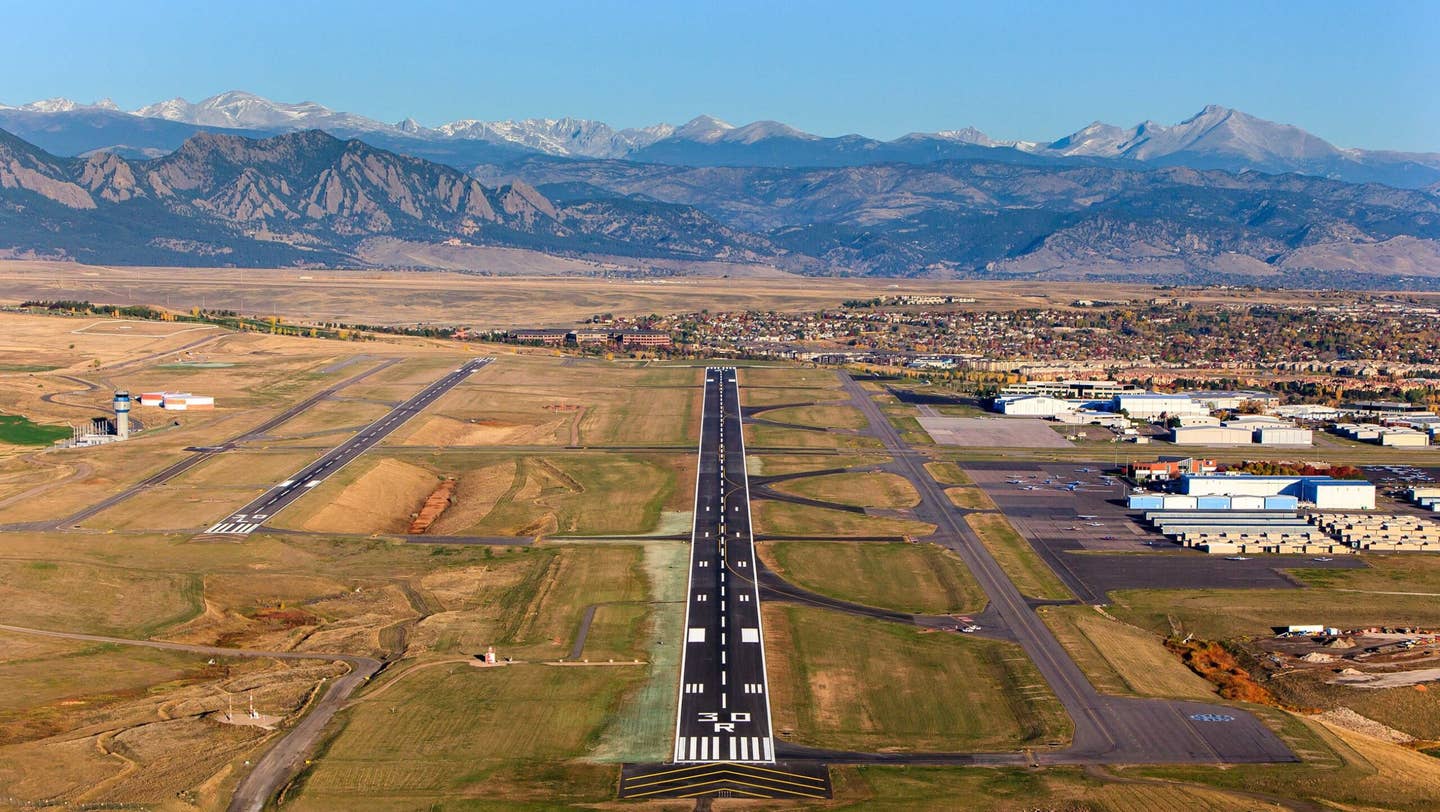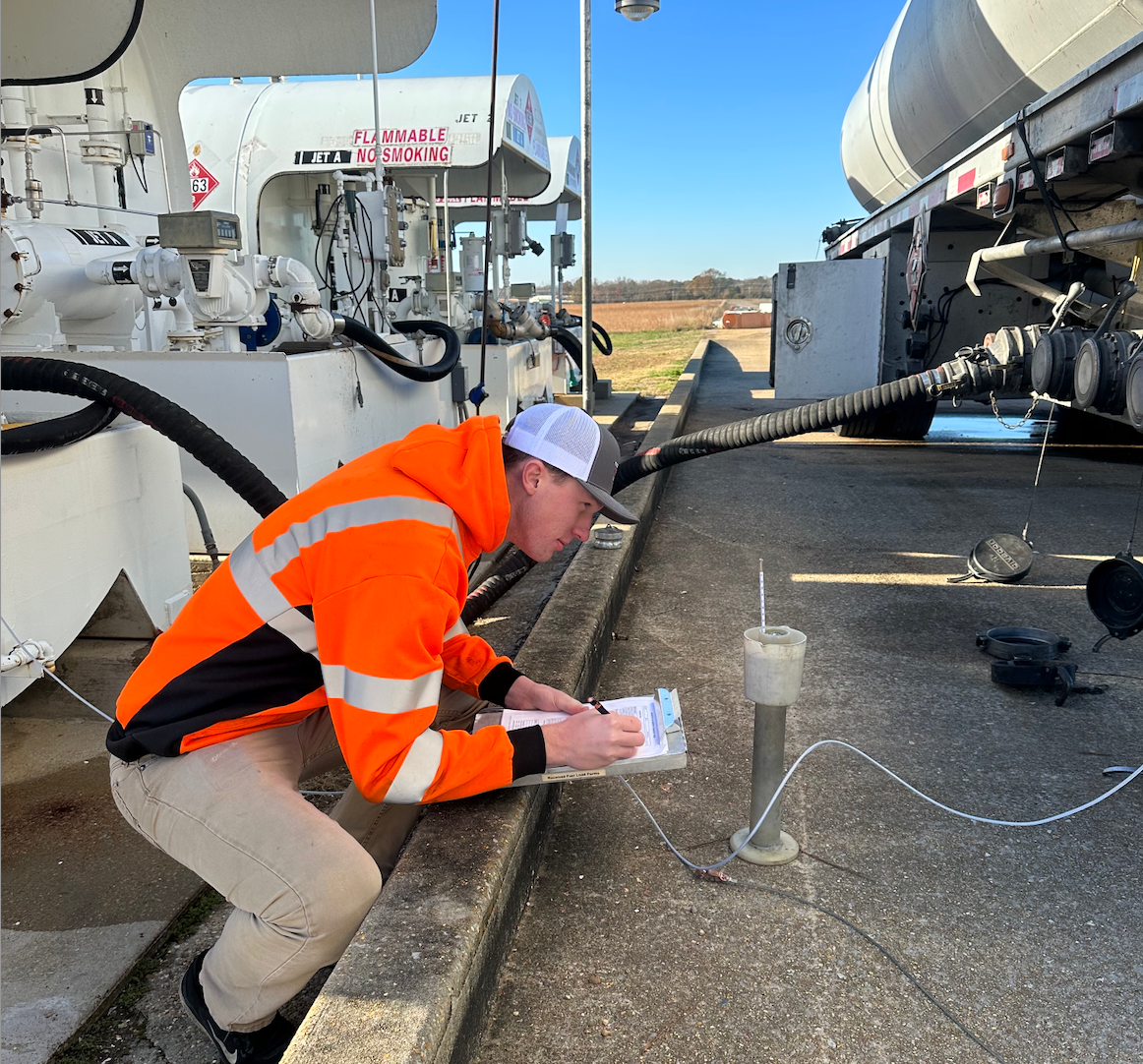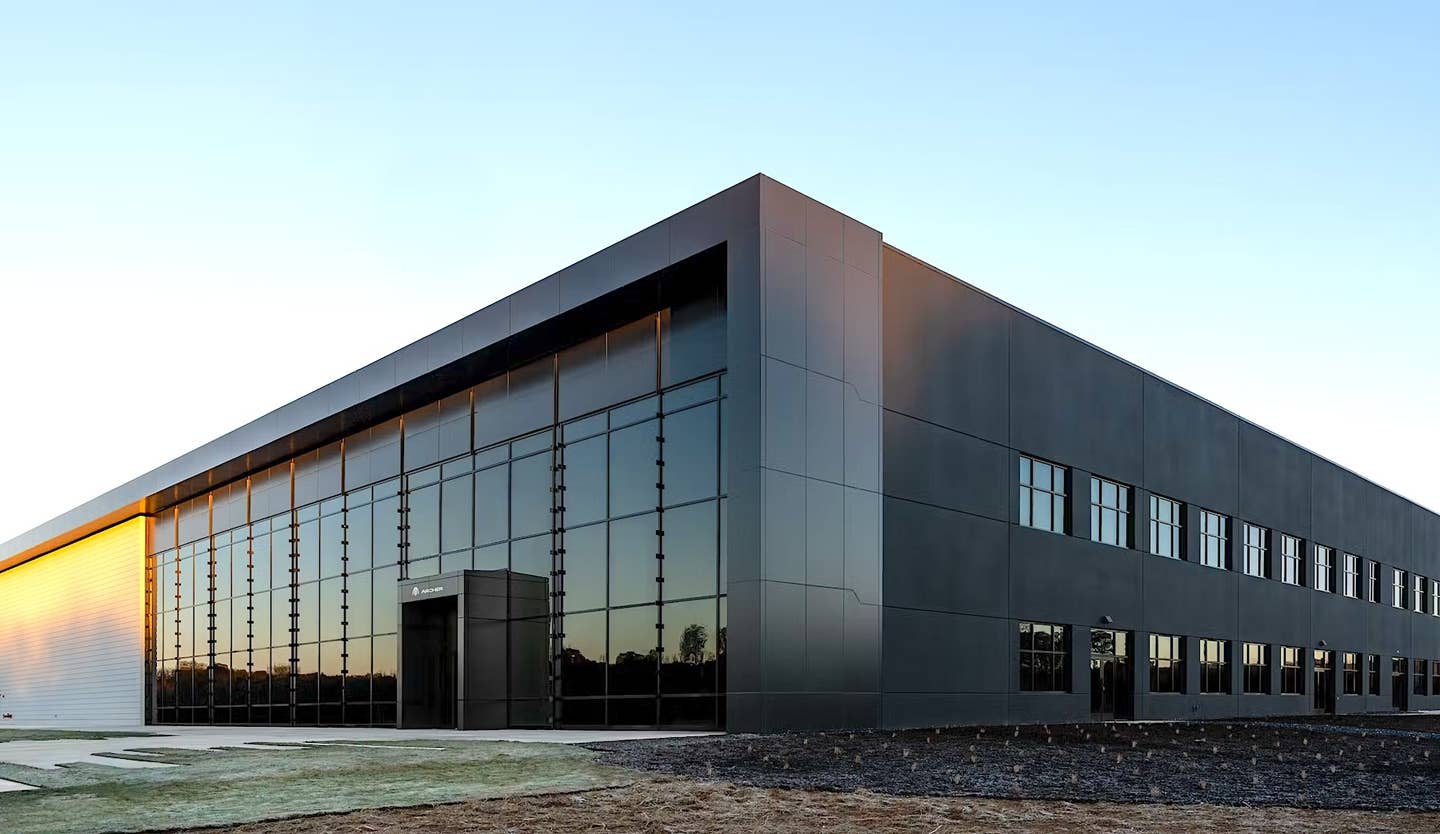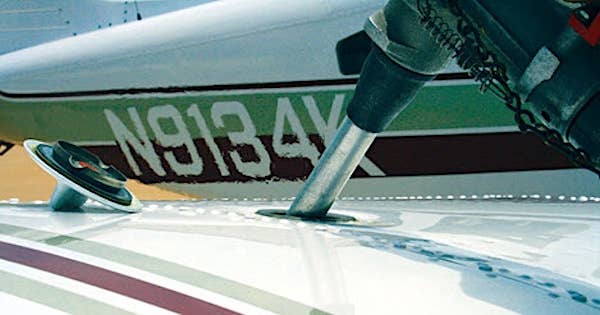Good-News Study On Airport Lead Exposure Kept Under Wraps
A series of studies commissioned by the town of Superior, Colorado, found virtually no evidence of airborne and surface lead contamination in three towns nearby Jefferson County’s Rocky Mountain Metro…

Photo courtesy Matt Beyer
A series of studies commissioned by the town of Superior, Colorado, found virtually no evidence of airborne and surface lead contamination in three towns nearby Jefferson County’s Rocky Mountain Metro Airport (KBJC – also known as Jeffco Airport). But it took a Freedom of Information request to bring the test results to light. In all but one case, the levels found at the sites were too low to register. Air and surface swab samples were taken from indoor and outdoor locations in Superior, Louisville, and Lafayette, Colorado, between May and November last year.
Last December, more than 400 homeowners in Superior filed a lawsuit against Jefferson County over increased airport operations, claiming diminished property values and citing lead pollution as one of the charges.
Despite the fact that Superior commissioned and paid for the studies, none of the three towns released the results. Superior resident Brad Walker filed a freedom of information request to get the reports and passed them along to AVweb. Also, the Colorado Aviation Business Association (CABA) and the Colorado Pilots Association (CPA) jointly issued a press release last week citing the results of the tests. The groups wrote, “Colorado’s aviation community is pleased with the finding of studies commissioned by our neighbors that confirmed that our communities are not being contaminated with lead. While we are puzzled as to why these three municipalities have not publicized these results, the findings themselves are unsurprising and confirm what several others around the country have found.”
According to Florida-based Pinyon Environmental Inc., which conducted the testing, only one of 15 sites tested in the three towns, the interior of an older home with a history of lead paint exposure, yielded a measurable amount of lead contamination. Even that reading of 0.077 micrograms per cubic meter of air did not meet the Environmental Protection Agency’s National Ambient Air Quality Standards’ danger threshold of 0.15 micrograms. None of the other sites registered measurable amounts of lead in the atmosphere or from swabs taken from surfaces.
The locations of the test sites were selected by the town to represent the highest probability of detecting lead contamination from the airport. Chris Swathwood, Chair of Legislative Affairs for the Colorado Aviation Business Association, told AVweb he agreed the sites were ideally located: under regular outbound traffic to the north of KBJC as well as inbound traffic on the RNAV approach to Runway 12. He expressed frustration that the municipalities have not released the results of their studies and that misinformation about the danger of 100LL aviation fuel persists unnecessarily.
Nevertheless, the CPA/CABA release showed support for efforts to eliminate lead from aviation fuel: “We, along with the entire aviation industry, are eagerly working with manufacturers on a safe, commercially viable unleaded alternative by the end of 2030 or sooner.”





